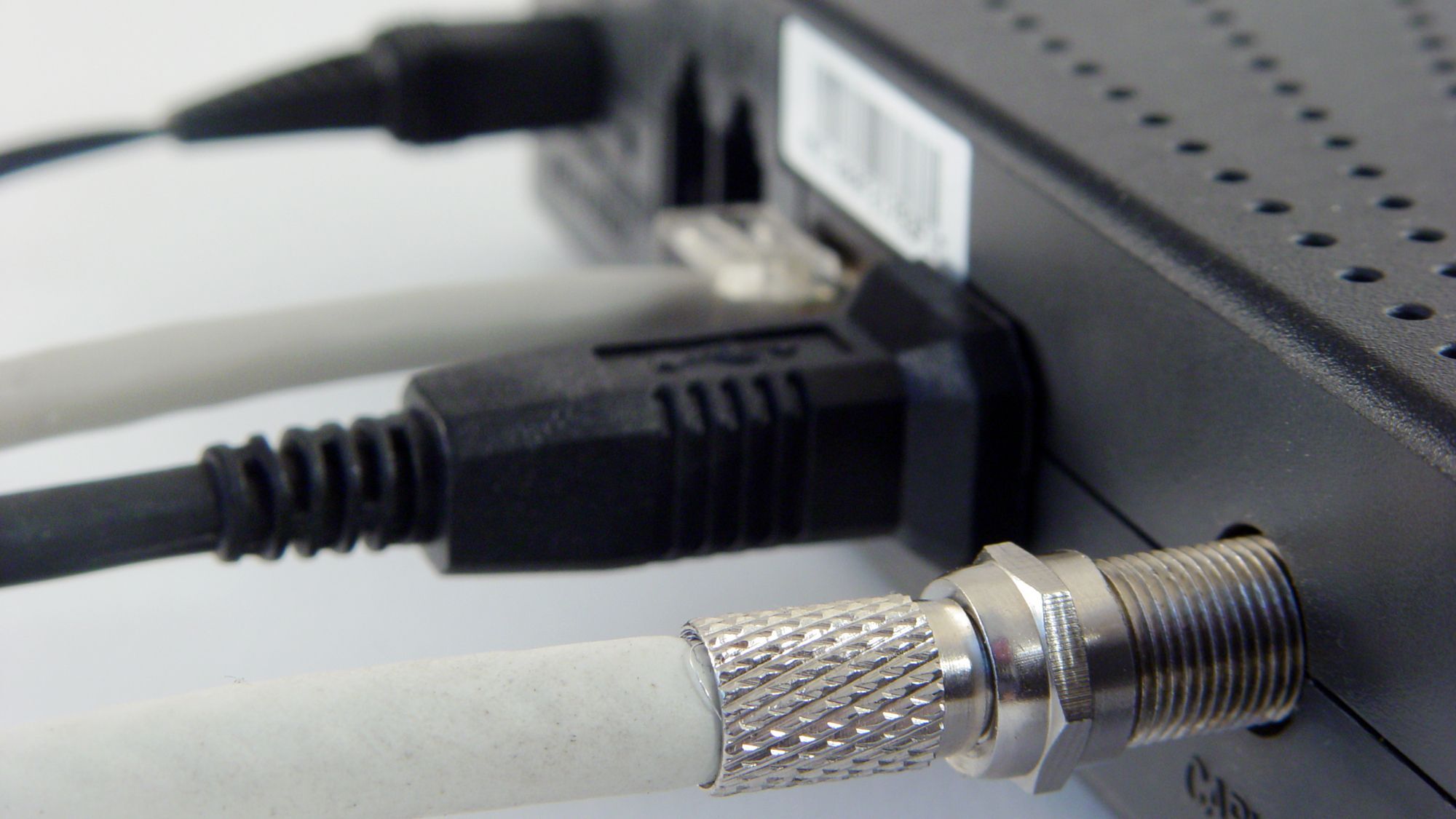It is technically fiber optic, but the connection between the home and the distribution box still relies on copper cables.
They lied. It should say “lied”, not tricked. It wasn’t a parlor trick, it wasn’t a magic trick, no one was entertained. The company flat out lied and stole from their customers. Call it was it is.
It’s not technically fiber at all. Your connection is copper, it doesn’t matter how fast the internet downstream is, you will always be limited by the copper.
For those that aren’t sure if you have fiber, the fiber will literally run into your “modem” (your Optical Network Terminal or ONT) and it will be incredibly clear that you have fiber. The wire is incredibly thin and they will warn you about bending it too much. If you don’t have that then you don’t have fiber.
Edit: to be more clear, just because there’s a 50Tb connection between the US and Europe doesn’t mean that you have a 50Tb connection. Downstream speeds do not matter to your home connection.
For those that aren’t sure if you have fiber, the fiber will literally run into your “modem” (your Optical Network Terminal or ONT) and it will be incredibly clear that you have fiber. The wire is incredibly thin and they will warn you about bending it too much.
And if the connector breaks, you can’t simply fix it at home like you would do with copper. You’ll spend an internet-less weekend until the technician fixes it.
Source: got this shit happening with me this month. On a lighter side the work piled up disappeared real fast!
Two fiber optic connections!!!
the cable company here does the same thing. calls it ‘fiber’ but delivers it via coax from the pole or a distribution box down the street.
Kinda the same here in Sweden, but at least they call it fibercoax
Yeah these cunt companies like to fool people having HFC calling it fiber while people(who don’t know) think they are talking about FTTH.
I hate to be the one defending companies but this time I have to align with the ISPs.
As a “fake fiber” client myself, there’s virtually no performance difference between the two. But “fiber” has become such a marketing slang that most clients wouldn’t signup for an ISP if they don’t sell “fiber”.
Alternatively the ISP would have to replace perfectly functional infrastructures purely for the sake of marketing, resulting in waste.
There’s two arguments I have against your comment:
- Fiber is fiber. If even 1% of the connection is not fiber you can’t claim FULL fiber. That’s just not correct. It’s like claiming a dish is completely vegan, ignoring the fact it includes eggs, which makes it not vegan.
- There’s definitely a difference in fiber and copper wiring. Fiber is faster and allows for more bandwidth. For most home connections this is overkill and not noticeable. But an IT guy like me definitely prefers fiber over copper.
In my country it’s illegal to call it full fiber if it isn’t 100% fiber. That’s why the ISPs found a loophole and now call it “dynamic fiber”. They made me waste a shit ton of time troubleshooting why I wasn’t getting the fiber speeds, only to see a tiny print on the bottom of some KB article that said “only for those who have full fiber” after which I had to waste even more time trying to figure out what type of connection I had. I literally bought the “fiber” pack.
Doesn’t matter. The ISP lied to their customer. If there’s no difference they’re free to advertise it as a better way, but lying is fucking scummy, and it’s all about saving money for them. They don’t give a shit about the wasted materials.
When the ‘last mile’ is copper, the ISPs almost always use xDSL for the data delivery.
The extra equipment increases latency, decreases reliability, and often precludes high upload speeds.
I’m on true full fibre, and I get 500/500mbps, with the option of going to 2.5Gbps. A friend of mine on the same ISP who is limited to ‘fibre to the neighborhood’ maxes out at 300mbps down, 90 up.The difference is packet loss.










